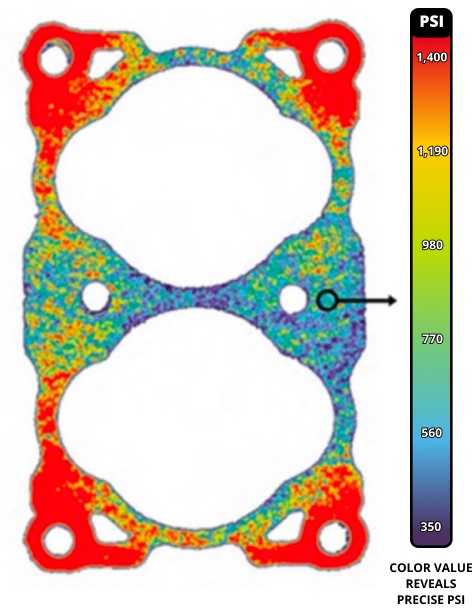Budapest � Hungarian start-up Optoforce is behind a new sensor that blends silicone and infrared light to measure the changing force exerted on a robot�s fingers.
The firm says results are good enough for a three-axis claw equipped with the sensors to keep a secure grip while an empty cup is gradually filled with liquid.
�kos Tar, head of R&D at OptoForce, told Wired.co.uk that when pressure is applied to the surface of one of the sensors, their pliable half-sphere shape is slightly deformed, an action which instantly changes this distribution of infrared light from the LED inside. Photodiodes at the base of the sensor pick this up so that software may calculate the deformation and, therefore, the force currently being exerted on the sensors by an object.
“The electronics are not in direct contact with the force or object. Our sensor has a very robust structure because to destroy it you have to reach the PCB [printed circuit board] area beneath the silicone,” he explains. “So we have a very high overload capacity, it can resist a very high deformation.”
The electronics are of standard components � the type and combination of silicone layers above the PCB the team is working hardest to customise. The ideal, optical grade silicone lets the sensors work in unforgiving environments, resisting erosion from acids as well as decolouration. They can even work at temperatures from -40�C to 85�C.
Tar and his colleague J�zsef Veres came across the idea for the sensors during PhD research at Budapest’s Pazmany Peter University. They realised the bipedal robots they were working with needed to be able to react to sudden changes in their environment such as slippery floors or colliding objects.
Following strong interest in their early prototypes from their professor and venture capitalists, OptoForce was founded as a university spin-off. �kos D�m�t�r, sales manager, told Wired.co.uk the company has already received interest from industrial robot manufacturers. Pressure sensitivity, it seems, is understood as crucial for the next wave of robots � those which will interact with humans in the real world.
“One thing that we are looking into is service robotics because in service robotics when a robot needs to co-operate with humans, it’s very important that it can safely collide with a human,” he said. “If someone falls on it or if a child runs into it, the robot needs to feel that be compliant, it cannot be as rigid as current robots and that’s something where we have a clear advantage because our sensor is much more deformable.”
But as D�m�t�r adds, these new robots which may come equipped with OptoForce’s sensors won’t just interact with humans � they’ll replace them. “Industry’s aim is to replace operators in assembly tasks. Right now in the industry pretty much everything that could be automated has been,” he explains. “The next frontier is replacing human workers and that’s why they’re producing human-like fingers and hands.”



